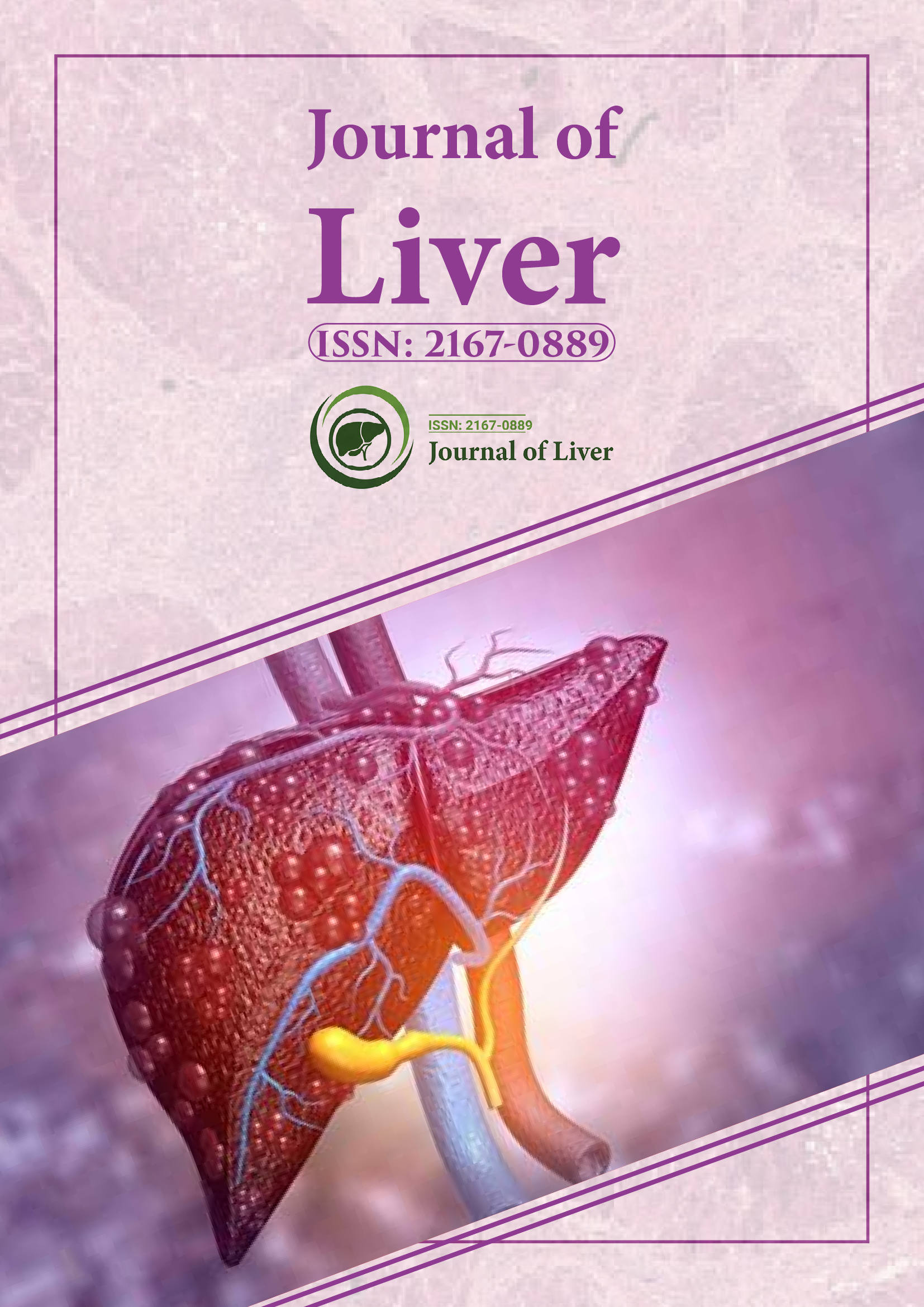Indexed In
- Open J Gate
- Genamics JournalSeek
- Academic Keys
- RefSeek
- Hamdard University
- EBSCO A-Z
- OCLC- WorldCat
- Publons
- Geneva Foundation for Medical Education and Research
- Google Scholar
Useful Links
Share This Page
Journal Flyer

Open Access Journals
- Agri and Aquaculture
- Biochemistry
- Bioinformatics & Systems Biology
- Business & Management
- Chemistry
- Clinical Sciences
- Engineering
- Food & Nutrition
- General Science
- Genetics & Molecular Biology
- Immunology & Microbiology
- Medical Sciences
- Neuroscience & Psychology
- Nursing & Health Care
- Pharmaceutical Sciences
Abstract
Bio engineering of Artemisia annua for enhanced concentration and yield of artemisinin, a potent antimalarial drug
M.Z. Abdin
Malaria is one of the most devastating disease. According to the latest World Malaria Report (2020), nearly 229 million people got infected and 4,09,000 died in 2019. Since the emergence of resistance against quinine derived drugs in Plasmodium falciparum strains was detected in early 1960s. Consequently, artemisinin (ART) based combination therapies (ACTs) are the best available treatment recommended by WHO to control malaria today. Apart being potent antimalarial, ART and its derivatives have a number of biological activities including its repurpose for the treatment of COVID-19. Though the cure comes from ART successfully, the high prices or of substandard quality of the drug due to its presence in extremely low quantities (0.6- 1.2%) in A. annua may limit its availability. We therefore, generated transgenic lines overexpressing genes of two key enzymes, HMGR and ADS of ART biosynthesis pathway that improved its content and yield in plants. Recently, we for the first time reported the involvement of microRNAs in regulation of ART biosynthesis. Furthermore, ART delivered as a tea infusion or as dried leaves is found more bioavailable and highly effective against malaria due to the synergism between ART, flavonoids and other antioxidants in A. annua plants. As nanoparticles provide more efficient delivery system, protect the drug from first pass effect and provide sustained release of the active ingredients after administration to the patient, we are developing HSA nanoparticles encapsulating either whole extracts of cell suspension cultures or cell biomass to administer orally.
Published Date: 2021-11-15;
